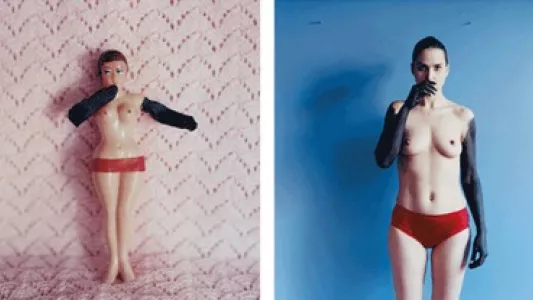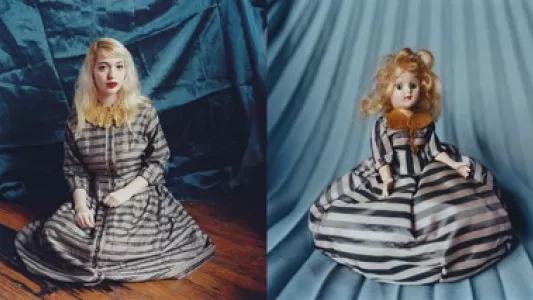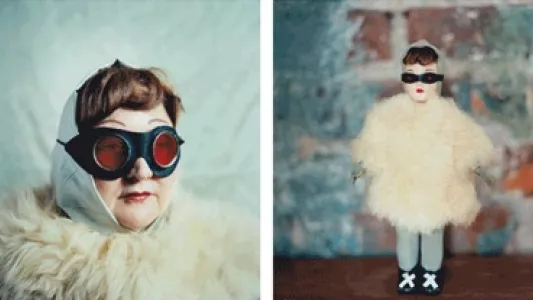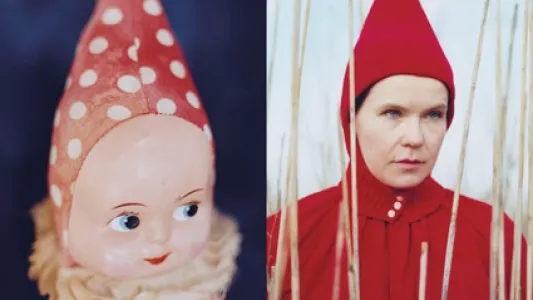The dolls are their souls or cast skins, which line the shelves of our bedrooms and museums, disguised as outmoded toys, images of our sorrow, shedding around themselves five inches of limbo.
This week, we want to feature some pieces by Annie Collinge. She is a New York-based photographer. She has worked with Vice, Flaunt and Dazed, to name a few. She proposes to judge photography on a gender-neutral standard and to equalize jobs conditions between men and women.
We have chosen her work because her unique aesthetic of the world has caught our eye. When we found some pieces from her book Five inches of limbo, a fascinating compilation of pictures of women inspired by dolls she found on the street. She translated the look of those lifeless creatures into real looks for her models.

This made us think about how our childhood memories are molded. When you see the vision that was created for a tiny piece of plastic escalated to life size women, we get a whole new perspective of what a toy can mean to a child. It speaks volumes about the universe we can create and how it transforms us. It also speaks about how forgetfulness and absentmindedness can throw the pieces of it everywhere.

She described the creation process of these images for an interview with 1granary.com. She said that the very first thing she did was to buy many dolls. Then she started to think about how to translate the doll into reality. By doing so, she found out that sometimes the results were not as desired because the doll or its costume were too dramatic. The result was turned out to be a funny look of the model which contraposed what she intended: to be colorful and sinister at the same time.


There are times where we can demonize forgetfulness because we can see it as mean, but the reality is that it is necessary. It is not only about allowing our mind to declutter unnecessary things, but it also lets us leave tiny pieces from us scattered in places where others can find and transform them.
Who could have thought that our old and lost toys could become so much more? That’s why we praise and thank Annie for this work because it is a beautiful reminder that we are what memory and forgetfulness make of us.




